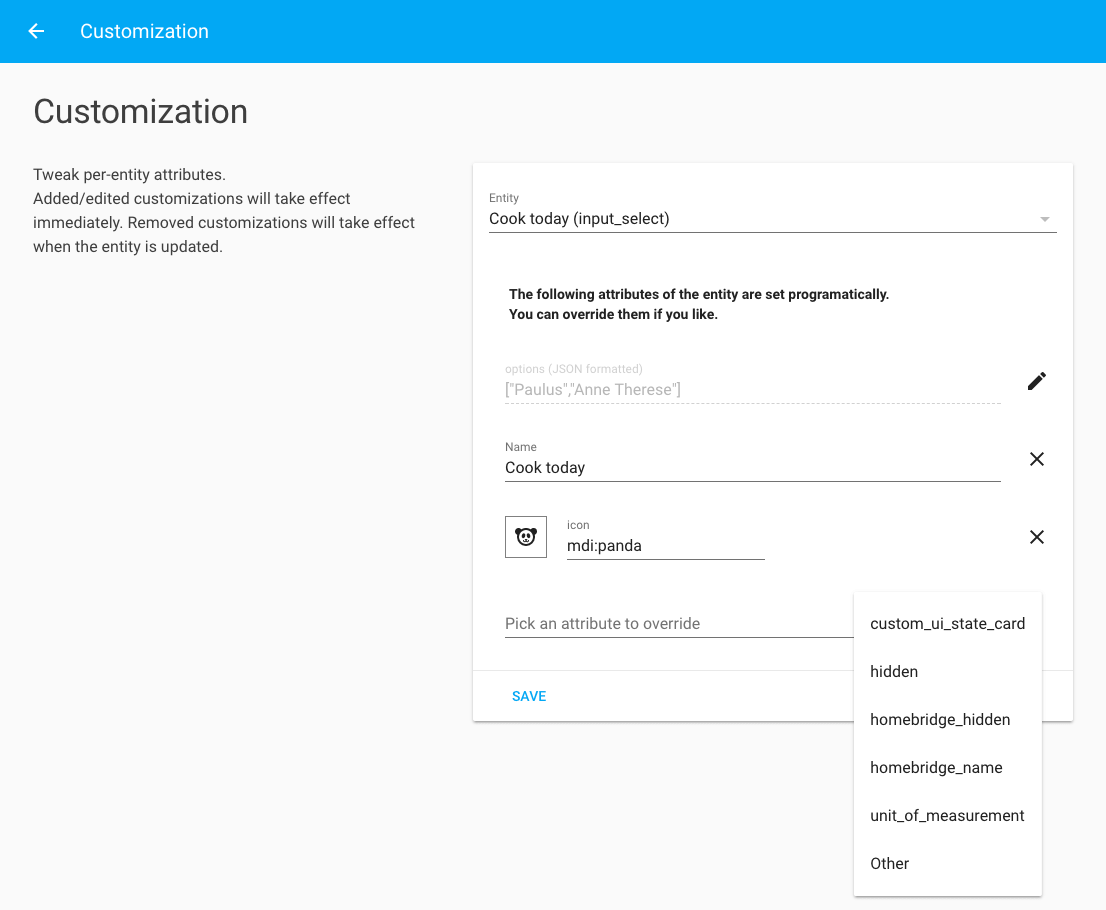We’re approaching the end of September and that means that it was our birthday! We are now officially 4 years old and are getting more amazing with every release. This release too will include some great new stuff and tons of bugfixes. Included is a bug fix by @fanthos that should fix the frontend in some browsers. If you had issues with your browser before, make sure to check out this release.
This release we’ve started the work to make our Xiaomi integrations more robust. This meant that we’ve had to rename the components to make it more clear which of the Xiaomi protocols are being used. We have some developers working on making this very affordable home automation solution a first class citizen in the Home Assistant ecosystem, stay tuned for more integrations!
Another cool thing in this release is the new mqtt_statestream component to export state changes to MQTT. Each entity will be exported on their own topic which makes it very easy to subscribe to individual entity updates.
New Platforms
- Added mqtt_statestream component (@mw-white - #9286) (mqtt_statestream docs) (new-platform)
- Add support for Todoist platform (@Jay2645 - #9236) (calendar.todoist docs) (new-platform)
- DoorBird Component (@Klikini - #9281) (doorbird docs) (binary_sensor.doorbird docs) (camera.doorbird docs) (switch.doorbird docs) (new-platform)
- Basic MQTT vacuum support (@johnboiles - #9386) (vacuum docs) (vacuum.mqtt docs) (new-platform)
- Added Zyxel Keenetic NDMS2 based routers support for device tracking (@foxel - #9315) (device_tracker.keenetic_ndms2 docs) (new-platform)
- Telnet switch (@multiholle - #8913) (switch.telnet docs) (new-platform)
- Abode services, events, lights, cameras, automations, quick actions. (@MisterWil - #9310) (abode docs) (alarm_control_panel.abode docs) (binary_sensor.abode docs) (camera.abode docs) (cover.abode docs) (light.abode docs) (lock.abode docs) (switch.abode docs) (new-platform)
- Added satel_integra alarm panel and binary sensor platform (@c-soft - #9336) (satel_integra docs) (alarm_control_panel.satel_integra docs) (binary_sensor.satel_integra docs) (new-platform)
- Worx Landroid sensor (@nilzen - #9416) (sensor.worxlandroid docs) (new-platform)
If you need help…
…don’t hesitate to use our very active forums or join us for a little chat. The release notes have comments enabled but it’s preferred if you use the former communication channels. Thanks.
Reporting Issues
Experiencing issues introduced by this release? Please report them in our issue tracker. Make sure to fill in all fields of the issue template.
Read on →

 Screenshot of the new customize editor.
Screenshot of the new customize editor.



 Hass.io dashboard
Hass.io dashboard